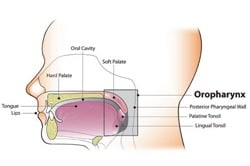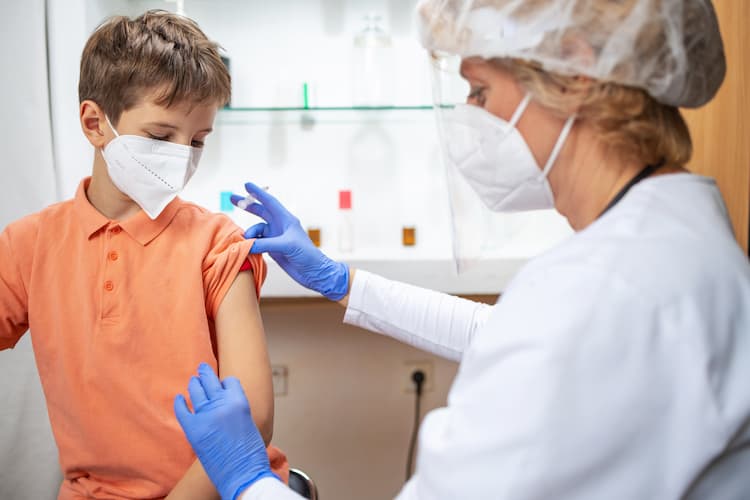Basic Information about HPV and Cancer
Cancer is a disease in which cells in the body grow out of control. Cancer is always named for the part of the body where it starts, even if it spreads to other body parts later.
Genital human papillomavirus (HPV) is the most common sexually transmitted infection in the United States. More than 40 HPV types can infect the genital areas of men and women, including the skin of the penis, vulva (area outside the vagina), and anus, and the linings of the vagina, cervix, and rectum. These types can also infect the lining of the mouth and throat.
High-Risk and Low-Risk HPV Types
HPV types are often referred to as “non-oncogenic” (wart-causing) or “oncogenic” (cancer-causing), based on whether they put a person at risk for cancer. The International Agency for Research on Cancer found that 13 HPV types can cause cervical cancer, and at least one of these types can cause cancers of the vulva, vagina, penis, anus, and certain head and neck cancers (specifically, the oropharynx, which includes the back of the throat, base of the tongue and tonsils). The types of HPV that can cause genital warts are not the same as the types that can cause cancer.
In general, HPV is thought to be responsible for more than 90% of anal and cervical cancers, about 70% of vaginal and vulvar cancers, and 60% of penile cancers. Cancers in the back of the throat (oropharynx) traditionally have been caused by tobacco and alcohol, but recent studies1 2 3 show that about 60% to 70% of cancers of the oropharynx may be linked to HPV. Many of these may be caused by a combination of tobacco, alcohol, and HPV.
Most people who become infected with HPV do not know they have it. Usually, the body’s immune system gets rid of the HPV infection naturally within two years. This is true of both oncogenic and non-oncogenic HPV types. By age 50, at least 4 out of every 5 women will have been infected with HPV at one point in their lives. HPV is also very common in men, and often has no symptoms.
How an HPV Infection Can Lead to Cancer
When the body’s immune system can’t get rid of an HPV infection with oncogenic HPV types, it can linger over time and turn normal cells into abnormal cells and then cancer. About 10% of women with HPV infection on their cervix will develop long-lasting HPV infections that put them at risk for cervical cancer. Similarly, when high-risk HPV lingers and infects the cells of the vulva, vagina, penis, or anus, it can cause cell changes called precancers. These may eventually develop into cancer if they’re not found and removed in time. These cancers are much less common than cervical cancer. Much less is known about how many people with HPV will develop cancer in these areas.
References
1U.S. assessment of HPV types in cancers: implications for current and 9-valent HPV vaccines.
2HPV and rising oropharyngeal cancer incidence in the United States.
3HPV prophylactic vaccines and the potential prevention of noncervical cancers in both men and women.
HPV can infect the mouth and throat and cause cancers of the oropharynx. This is called oropharyngeal cancer. HPV is thought to cause 70% of oropharyngeal cancers in the United States.
Vaccines protect against the types of HPV that most often cause cervical, vaginal, vulvar, and anal precancers and cancers. Cervical cancer also can be prevented or found early through regular screening and follow-up treatment.

